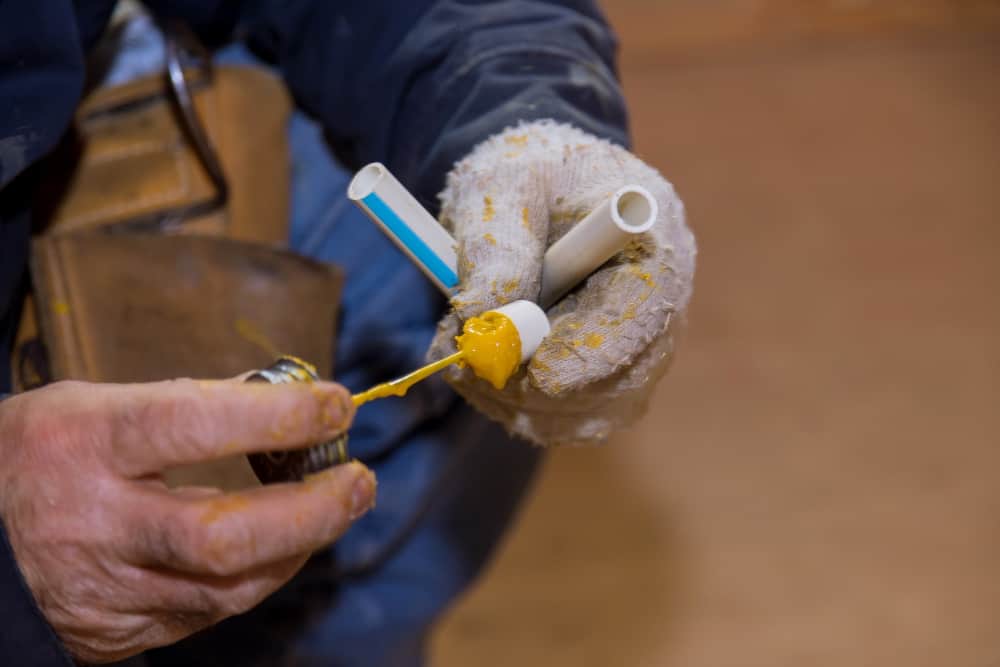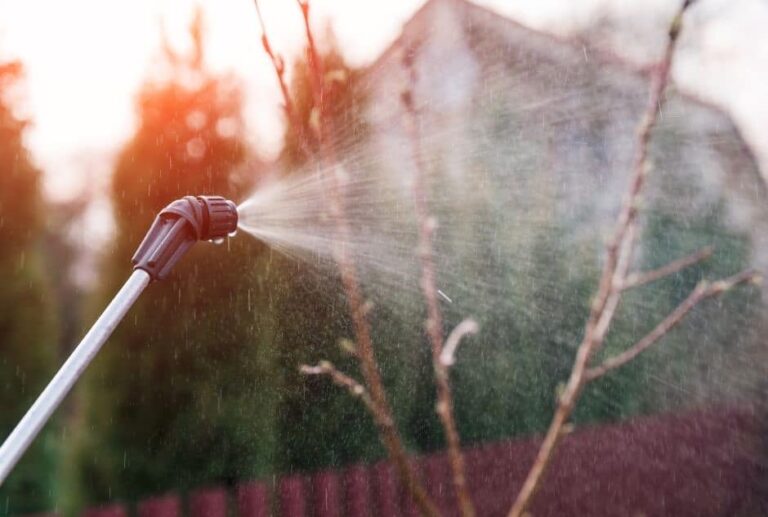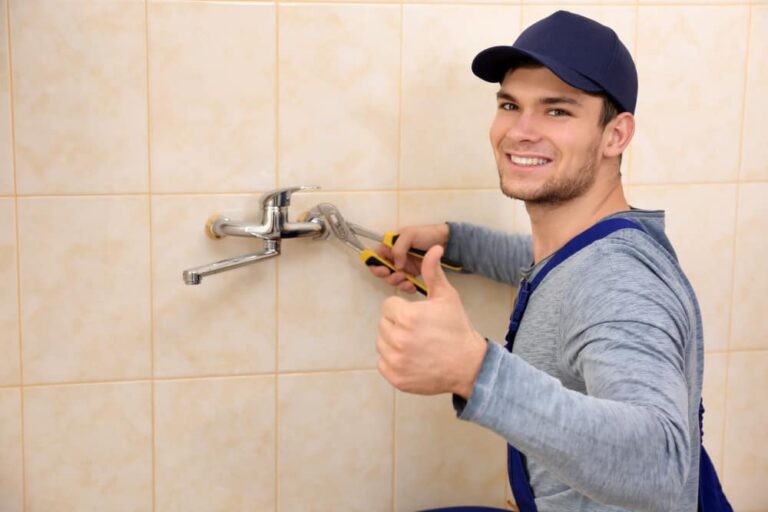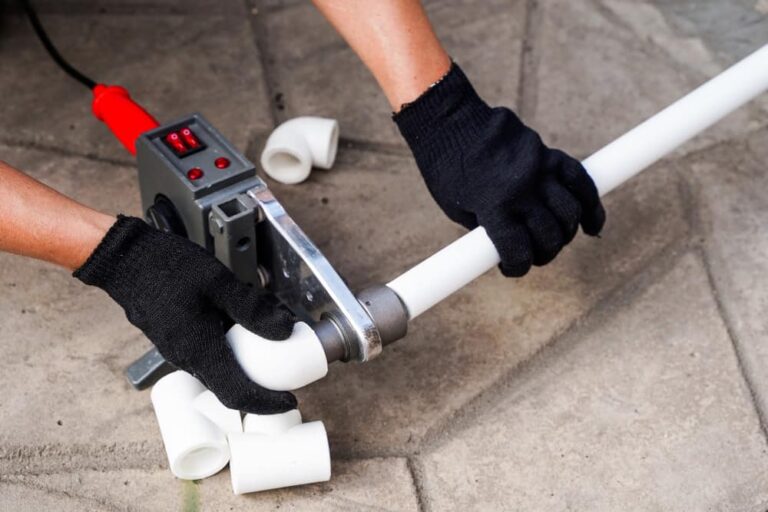How to glue PVC pipes? The Definitive Answer
There are two crucial things to remember when gluing PVC fittings and pipes. Always use primer and ensure your PVC fittings and pipes are clean before applying the primer. With these two points in mind, you’ll be well on your way to a watertight relationship. Understand first how to glue PVC pipes properly. One of the most important parts of plumbing is how to glue it together. Without proper gluing, you could have a leak or damage to your pipes. There are several ways to glue pipes, but some are more effective than others.
If you have any queries about this technique, it’s best to seek the advice of a professional plumber.
Getting Your Pipe in Shape
A few supplies are required if you attempt to glue some PVC pipes together. Whether for a water line, an underground sewage pipe, or a stormwater pipe. Keep reading on how to glue pvc pipes properly.
Here is a list of the stuff you’ll need:

- If you prefer, you can use either a half-round or flat file.
- Fluid for applying primer.
- Glue.
- A few fresh sheets
- Gloves.
- Eye protection is a must.
When it is related to cleaning the PVC pipes and fittings, we need to use a clean rag to ensure they are free of water and other debris (such as dirt or dust). Wearing gloves and safety eyewear is always a good idea before working with any chemical or equipment. And now is the perfect moment to do it if you haven’t already.
There must be no burrs or other imperfections on the cut edges of the pipe once it has been cut. So it is imperative to file it after cutting. Using a circular motion with your finger, you wouldn’t be able to cut yourself. Also, it must be smooth enough to prevent the scoring of the bonded connections during construction. This could lead to a leak in the glued-together connection.
The fluid used as a primer
Next, the PVC primer fluid should be applied to the PVC pipe and fittings to ensure they are free of dirt and debris. There is no time to waste here. At this point in the gluing procedure, gloves are essential since the priming fluid should not be absorbed into your skin. The majority of the time, a brush, foam roller, or dobber is provided by the manufacturer as an applicator. If this is not the case, it happens to be proposed that you buy a brush on your own. Keep in mind that getting the preparing fluid on your skin is not a good idea. Red, purple, and clear priming fluids with exposed connections are all readily accessible. And their effectiveness is unaffected by their color.
Importance of using primer
Each component or fitting to be glued must have an even coat of primer applied. This covers the female and male parts of the joint or socket part. Most of the time, a generous coating is needed, but if you’re in doubt, go ahead and add a bit extra. It is time to move on to the next step of applying glue after the PVC priming fluid has been poured.
Using the same method as when applying the PVC primer fluid. Appropriately, a generous amount of glue must be applied to both fittings and dispersed over the pipe or fittings.

Proper fittings need to be accomplished.
It is important to join the fittings as soon as the glue has been applied. The chemical bonding begins immediately, and it begins to set. The glue begins to set quickly. So you may need to apply pressure for up to 30 seconds before the bonded joint goes off or cures.
Immediately after the glue is placed, do this. The fittings should go all the way into the female connection. In most situations, there will be a lovely bead of glue at the female connection’s end after you have accomplished a good bonded connection. This is a good sign that you’ve made a strong adhesive bond.
You must read the manufacturer’s information on how to glue pvc pipes, normally provided on the glue container, to determine the appropriate curing times for your glued PVC connection.
Do you let PVC primer dry before cement?
You don’t have to let the PVC primer dry before applying cement. You can apply cement immediately after applying the primer.
The PVC primer is designed to be compatible with cement, so it doesn’t affect the curing of the cement.
How long does PVC glue need to dry?
The short answer is not long. PVC glue dries very quickly. To ensure your project stays together, you’ll need to allow the glue to dry before moving on to the next step.
PVC glue can take 20 minutes to 24 hours to dry completely.
How long after gluing PVC can I run water?
The recommended time for running water after gluing is about 30 minutes. But, this time can vary depending on glue type, temperature, and humidity.
The glue used is specially formulated to be moisture-resistant and prevent bubbling. This allows the fittings to be glued without waiting for the excess adhesive to dry. After 30 minutes, you can run water through the pipes with minimal risk of leaks. You can shut off the water and re-adjust the fitting if you notice any leaks.
Do I need to Prime PVC pipe before gluing?
It’s a common misconception that you must prime PVC pipe before gluing. No, you do not need to prime the pipe before gluing. You can glue it straight.
What is the difference between PVC glue and PVC cement?
PVC glue and cement are different products with different properties.
Glue is a waterproof, solvent-based glue that bonds PVC plumbing pipes and fittings. It is applied to the metal parts using a brush or sprayer, and the joints are then held together by hand or with clamps. The glue hardens as it dries, creating a permanent bond that is not easily undone.
PVC cement is a solvent-based product that combines PVC pipes, fittings, and other plastic materials. It is applied to the metal parts using a brush or sprayer, and the joints are then held together by hand or with clamps. The cement hardens as it dries, creating a permanent bond that is not easily undone.
Can I use Gorilla Glue for PVC pipe?
No, Gorilla Glue is not the best glue for PVC pipe; it is specifically designed for wood. Many products on the market are specifically designed for PVC pipe and plastic adhesion.
Final Word
These are only some ways How to glue pvc pipes. Even after trying these methods, it is best to call for professional help and let the pros finish the job if you still see you cant add your pvc pipes properly. It is important to buy watertight fittings and PVC pipe appropriate for the type of application you are planning to use them in. Watertight fittings generally require thicker-bodied PVC glue. Acrylic glues designed to bond PVC pipes and fittings can be used in place of epoxy or latex glues. Make sure to use the right type of glue for the job. Once the glue has been applied by your glue gun or bottle, you must let the glue cure for at least 12 hours or up to several days. When you have





